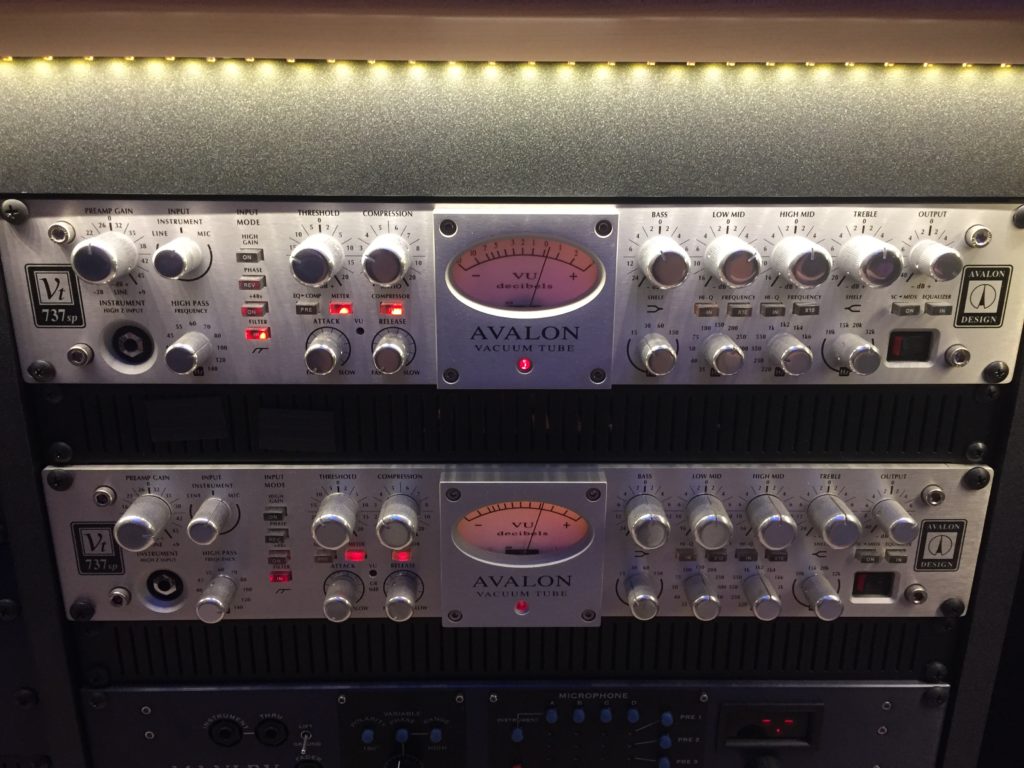The rack in our control room features a pair of Avalon 737SP channel strips. We have two units purchased 8 years apart, but one of them was already used and is likely more than 10+ years old. As a result, the two units have vacuum tubes of wildly different vintages in them.
Time for some deferred maintenance.
The 737’s mic preamp features a warm, buttery sound that has been prized by producers across a wide variety of genres since the original units were first introduced in 1997.
The ironic thing about vacuum tubes is that they are, for all intents and purposes, an obsolete technology. Starting with the development of the transistor in the late 1940s, the electronics industry began a long, steady march towards solid-state designs — ones that used silicon-based transformers for the jobs previously performed by vacuum tubes. Solid-state devices are far lighter, hardier, and smaller, and use less power than vacuum tubes. Plus, they do not suffer from the same issues with distortion that can plague vacuum tubes. Over time, tubes have a nasty habit of starting to sound different, or, worse, failing completely.
[blockquote blockquote_style=”boxed” align=”right” text_align=”left” cite=”” style=””]The 737 was — and still is — a “desert island” mic preamp for a lot of people in the music industry.[/blockquote]
Despite all the shortcomings of older vacuum tube designs, though, as audio production started “going digital,” producers started discovering that they liked the subtle distortion produced by a vacuum tube circuit. Digital recordings seemed cold somehow, almost sterile. All of a sudden, vintage, tube-based microphones and mic preamps suddenly had some cachet again for the way in which they imparted a subtle “warmth” to the sound of a digital recording. And new products were developed — such as the Avalon 737SP and the “Frankenmic” that I told you about in a previous post — that combined the warmth of a vacuum tube with modern circuit designs and power supplies.
A 737SP ain’t cheap, but back in the early 00’s I kept hearing over and over again what a great sounding channel strip it was. The 737 was — and still is — a “desert island” mic preamp for a lot of people in the music industry.
In those days we were recording in a closet at our house in San Jose, and we’d typically only record one signal at a time, so having one really good sounding preamp made a lot of sense. So I picked up my first (used!) Avalon 737SP channel strip on eBay around 2005. It has served us very, very well since then. The compressor is a little slow for certain applications, but as a channel strip for recording vocals, it’s pretty hard to make the unit sound bad.
In 2013, when we began planning what kinds of gear we’d install here at ULS, it seemed like the right time to add a second 737 to give us stereo capability. The units can be linked for stereo operation, which makes them a great option for recording stereo sources such as drum overheads or piano. But before we can realistically do that, the two units really need to be “calibrated” so that their output and tonal character is as similar as possible. And that means it’s time to purchase new tube sets for both units.
Avalon sells matched tube sets for the 737SP (there are four tubes per unit) for about $100. So I picked up a couple of sets, broke out the screwdriver, and got to work.
The 737 is built like an absolute tank: machined aluminum knobs, aircraft aluminum across the face, and a HUGE power supply. And it weighs as much as a tank, too.
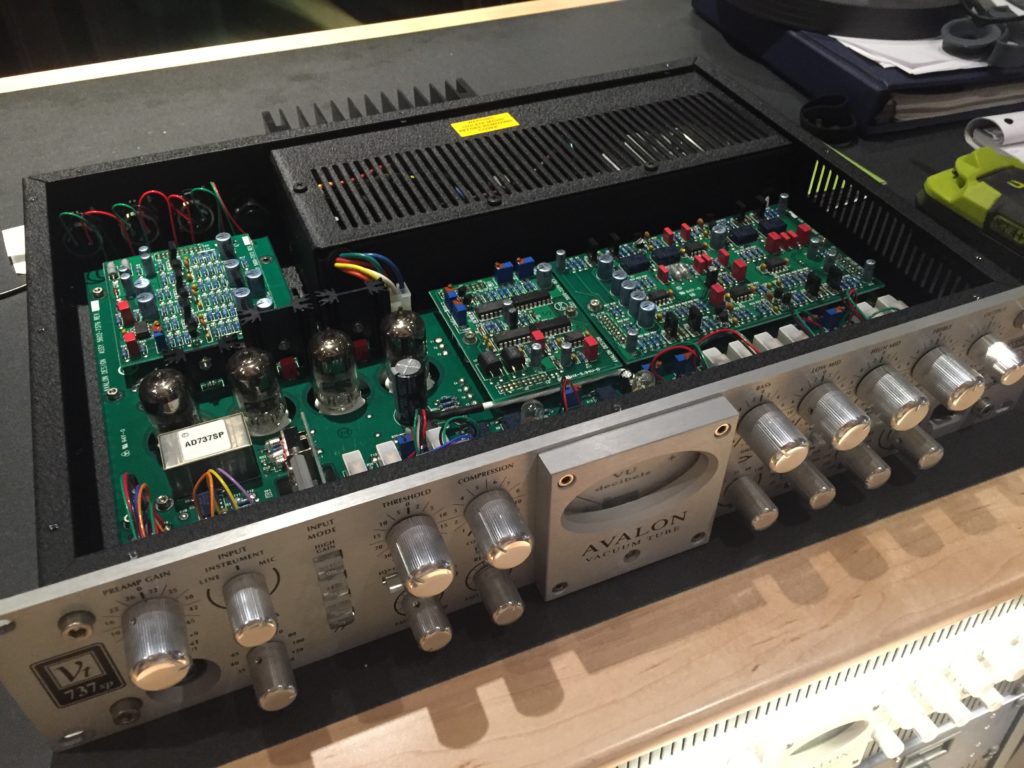
Having popped the cover off each unit, it was pretty obvious which one was nearly new, and which one was 10+ years old. The newer unit was pretty pristine inside, looking like it had recently arrived from the factory. The older unit looked…well, it looked like it had been sitting in a studio rack for the past 10 years or so.
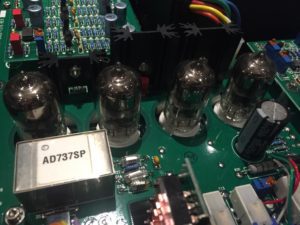
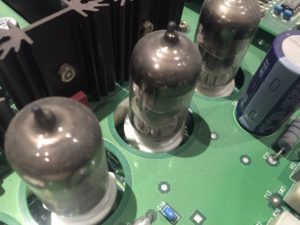
Now, granted, the amount of dust really has very little to do with how these units sound — vacuum tubes are exactly that — a vacuum — and a little coating of environmental dust from living in a studio rack is not going to affect them. The point is simply that the four tubes in each unit are wildly different in age. If we’re hoping to use our two 737SP’s on stereo sources, it’s important that the tubes be of a similar “vintage.” A 10+ year difference in the age of the tubes is not going to help us accomplish that.
Will the units sound different? We’ll see. Tubes exhibit all sorts of weird behavior when they fail, such as increased noise or a “microphonic” effect, where tapping on the tube yields a ping-like sound. I’ve never popped a unit open & banged on its tubes (doesn’t seem like a smart idea, given the amount of voltage you’re dealing with), and I can’t say I’d ever noticed any noise from either one of them in regular operation. Thanks to the benefits of modern circuit design, the 737SP is generally a pretty quiet unit.
The other thing that was interesting to notice was the 737’s compressor section. As a unit, the 737 has vacuum tubes, yes — but those tubes are only in the mic preamp section, not the compressor or EQ sections of the unit. The 737 features an opto-resistor controlled compressor, similar to the one in the well-loved LA2A/LA3A series, and, it so happens, similar to the ones I built in my four JLM LA500A compressors.
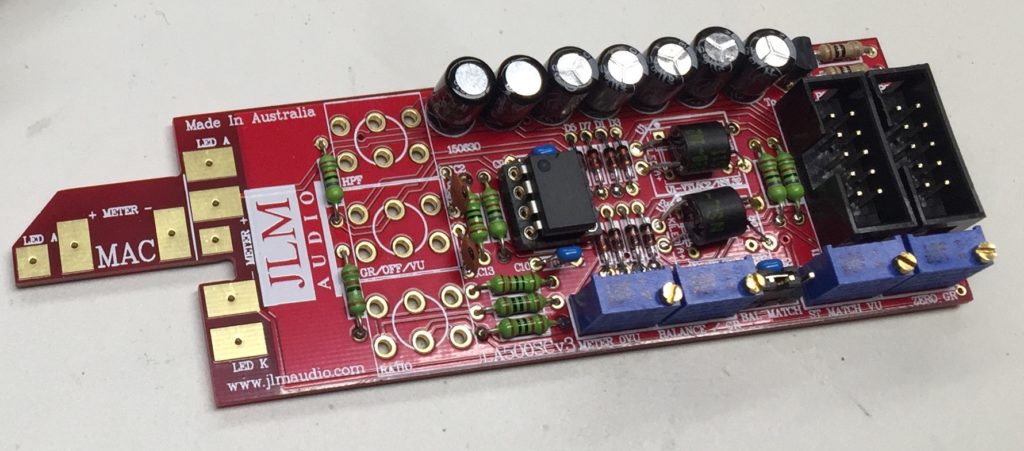
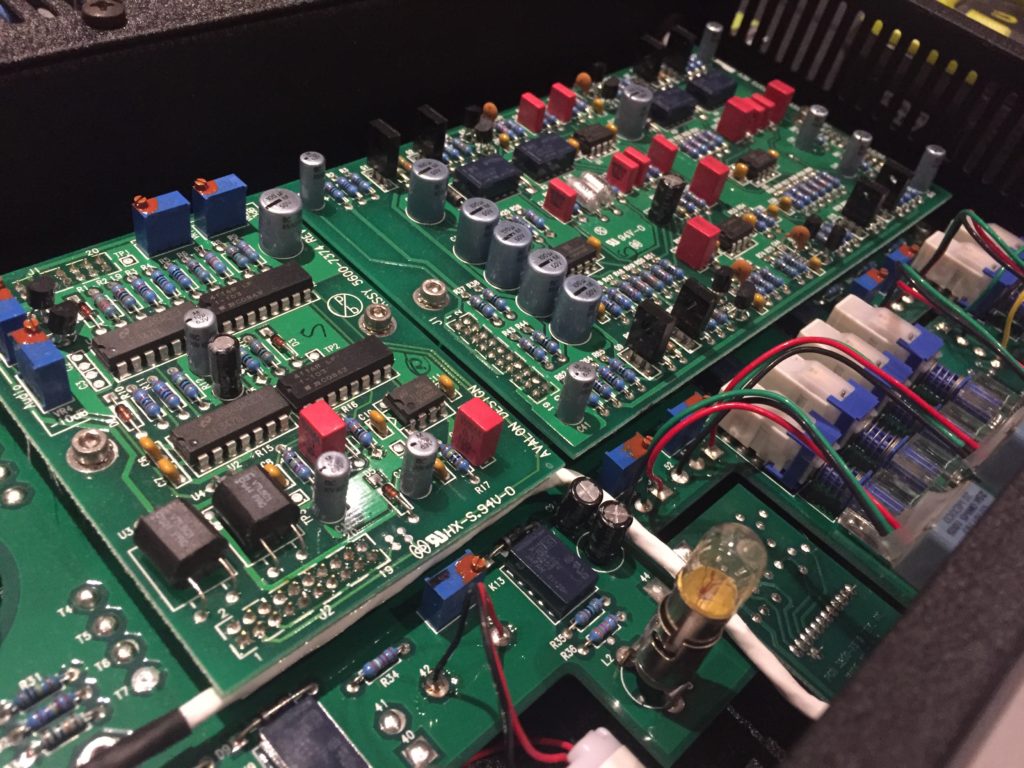
I think I always knew that the 737SP’s compressor was pretty “slow”, as the unit has that reputation. Having now built a few opto compressors myself, I understand why. I’d be curious to hear what the 737SP sounds like with a faster compressor, so I might try running the 737SP’s mic pre through one of my FET/500 compressors to hear the difference.
Different signal paths, different flavors!
Share this:
- Click to email a link to a friend (Opens in new window) Email
- Click to share on X (Opens in new window) X
- Click to share on Facebook (Opens in new window) Facebook
- Click to share on LinkedIn (Opens in new window) LinkedIn
- Click to share on Pinterest (Opens in new window) Pinterest
- Click to print (Opens in new window) Print

